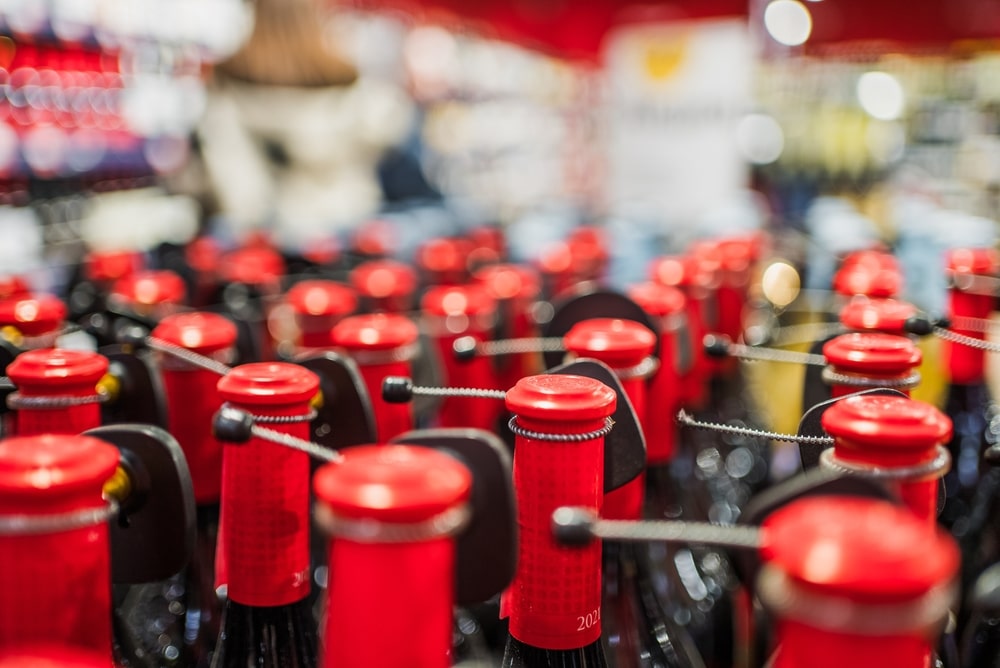In 2019, a Roman gravesite in Carmona was revealed, disclosing the remains of six individuals—Hispana, Senicio, two other men, and two women, whose names are still unknown. These individuals from two millennia ago likely did not anticipate their burial behaviors becoming significant in contemporary society. During one such custom, the skeletal remains of one of the men were immersed in a liquid stored in a glass burial urn.
This liquid, which has taken on a reddish tint over time, has been preserved since the first century AD, and a team from the Department of Organic Chemistry at the University of Cordoba, directed by Professor José Rafael Ruiz Arrebola, in cooperation with the City of Carmona, has determined it to be the oldest wine ever found, surpassing the Speyer wine bottle discovered in 1867 and dated to the fourth century AD, housed in the Historical Museum of Pfalz (Germany).
“Initially, we were quite astonished that a liquid was preserved in one of the burial urns,” states the municipal archaeologist of Carmona, Juan Manuel Román. After all, two millennia had elapsed, but the preservation conditions of the tomb were remarkable; entirely intact and well-sealed throughout, the tomb facilitated the wine’s retention of its natural composition, dismissing other factors such as flooding, leakage inside the chamber, or condensation processes.
The challenge was to allay the research team’s doubts and verify that the reddish liquid truly was wine rather than a substance that had once been wine but had lost many of its key characteristics. To accomplish this, they conducted a series of chemical assessments at UCO’s Central Research Support Service (SCAI) and published their findings in the Journal of Archaeological Science: Reports. They examined its pH, absence of organic matter, mineral salts, the presence of certain chemical constituents potentially related to the urn’s glass, or the deceased’s bones; and contrasted it with contemporary Montilla-Moriles, Jerez, and Sanlúcar wines. Thanks to all of this, they obtained their first proof that the liquid was, indeed, wine.
However, the crucial identification factor rested on polyphenols, biomarkers prevalent in all wines. Utilizing a method capable of detecting these compounds in minimal quantities, the team identified seven specific polyphenols also found in wines from Montilla-Moriles, Jerez, and Sanlúcar. The absence of a particular polyphenol, syringic acid, helped classify the wine as white. Nevertheless, and despite the fact that this wine type aligns with bibliographic, archaeological, and iconographic data, the team emphasizes that the absence of this acid may be attributed to degradation over time.
The most challenging aspect to ascertain was the wine’s origin, as no samples from the same era exist for comparison. Nonetheless, the mineral salts found in the tomb’s liquid are consistent with the white wines currently produced in the region, which was part of the former province of Betis, particularly Montilla-Moriles wines.
A matter of gender
The immersion of the man’s skeletal remains in the wine is not accidental. In ancient Rome, women were long forbidden from consuming wine. It was deemed a beverage for men. The two glass urns discovered in the Carmona tomb exemplify the societal gender disparities in its burial traditions.
While the man’s bones were immersed in wine, alongside a gold ring and other bone fragments from the cremation bed he occupied, the urn holding the woman’s remains contained no wine whatsoever, but rather three amber ornaments, a perfume bottle with a patchouli aroma, and remains of fabrics, which preliminary examinations indicate were likely silk.
The wine, in addition to the rings, the perfume, and the other artifacts, constituted a funerary ensemble intended to accompany the deceased into the afterlife. In ancient Rome, as in various other cultures, death held a profound significance and people sought to be commemorated to remain alive in some fashion. This tomb, essentially a circular mausoleum likely belonging to a wealthy family, was situated beside a significant road connecting Carmo with Hispalis (Seville). It was formerly marked by a tower that has since vanished. Two millennia later, after a long period of neglect, Hispana, Senicio, and their four companions have not only been remembered but have also shed considerable light on the burial practices of ancient Rome, enabling the identification of the liquid in the glass urn as the oldest wine in the world.
Image Source: PERO studio / Shutterstock






























